Three letter acronyms, the bane of IT users and the darling of all IT vendors and suppliers. I’ve often wondered if they are used to confuse, or to intimidate us, or both. But these two should be considered the Holy Grail to any business, especially those considering a change to their IT systems – Total Cost of Ownership and Return on Investment.
Let’s take a step back though. Recent research* has indicated that issues with legacy IT systems wastes 54 minutes of the average Australian worker’s day. More than two thirds of those workers said they’d be more productive if they had “faster access to more accurate data and analytics allowing them to make better business decisions.”
Another 13% said they were inhibited by their current software packages and believed they would be 16% more productive if they could access the information needed faster. Little wonder then the Productivity Commission found in April this year that multi-factor productivity (efficiency of labour and capital) reduced by almost one per cent last year.
So, with all this in mind, what can businesses do to improve the situation? Are there products that can help improve productivity, reduce TCO and increase ROI? If you speak to most vendors of traditional on premise solutions you’d hear them say their systems would do all three.
Ron Bailie, founding IBT Director and HCM specialist , with over 30 years’ experience of maintaining, supporting and upgrading ERP systems, believes that on premise systems will tick two of those boxes, but cloud solutions can tick all three.
“Cost of ownership is no longer taken for granted. It used to be an occupational hazard of ERP systems. With the global move towards non terrestrial based technology, there is a genuine opportunity to dramatically reduce this.”
But what is total cost of ownership and how can it be measured? Total costs cover both visible and hidden expenses and should be taken over a 3-5 year period. The visible would include licence fees or yearly subscriptions, the professional services to implement, support and maintain the systems, training and costs of infrastructure. The hidden include future upgrades and patches, hosting fees should you use a data centre, disaster recovery fees, staffing to run the applications effectively, staff attrition and the subsequent loss of productivity. Then there are costs to integrate with other systems and the inefficiencies that brings, such as data incompatibility. Data warehousing and reporting, middleware, all would bring its own set of costs.
The cloud however removes many of these fees. With true SaaS (Software as a Service) applications upgrades, infrastructure, disaster recovery and reliance on IT headcount is significantly reduced.
Ah but it’s not secure is it? “There is not a company around today that is spending as much on security as cloud solution providers, and if they are they shouldn’t be,” Bailie continues. “It’s the life blood of their business as true SaaS solutions are multi-tenanted and if one fails, they all fail.”
But how would a cloud solution help to increase productivity? Wouldn’t users just continue as they always have? Quite simply, yes they would, if you want a new system to behave like the old one. But the whole point of transitioning to a cloud service is to do things in a different way. Single platform systems with unified business critical applications such as CRM, finance and accounts, e-commerce, customer and product data have shown that human error reduces, competiveness increases and customers are happier. In-built real time analytics allows staff from the CEO down to have 360 degree visibility, and therefore make that 70% of employees a lot happier.
So what about a return on this investment? Can these new systems pay for themselves and in fact increase revenue?
“With single platform holistic systems, such as NetSuite for instance, businesses have recognised some tremendous growth since implementation. A discount online wine seller, for instance, is handling 650% increase in orders without requiring manual intervention. Its website conversions have increased by 50% and their customers are happier.”
“A packaging business grew by 176% in the 12 months since implementation. They also saved over $200k in staff time by automating processes. That is not to be sniffed at,” Bailie says.
But are cloud solutions for everyone?
“For high security and top secret installations, probably not, but for everyone else, yes,” Bailie says. “Of course it does depend on the business size and revenue as to which system fits best. If you are a small start-up then there are plenty of free solutions out there to get you started. The subscription fees alone for something designed for a larger organisation would cripple you. However, we find that if you have experienced the pain of changing systems then you are more likely to take the hit early and grow with the solution you have.”
“I have worked with on premise systems for over 30 years, and still do. They have certainly served a purpose, but in today’s world are they still cost effective? Infrastructure is bulky and expensive and becomes obsolete within only a few short years. We maintain our clients systems because they choose not to spend thousands, and in some cases millions, upgrading or patching. With true SaaS systems, however, you never have that responsibility again.”
*The EY Australian Productivity Pulse





